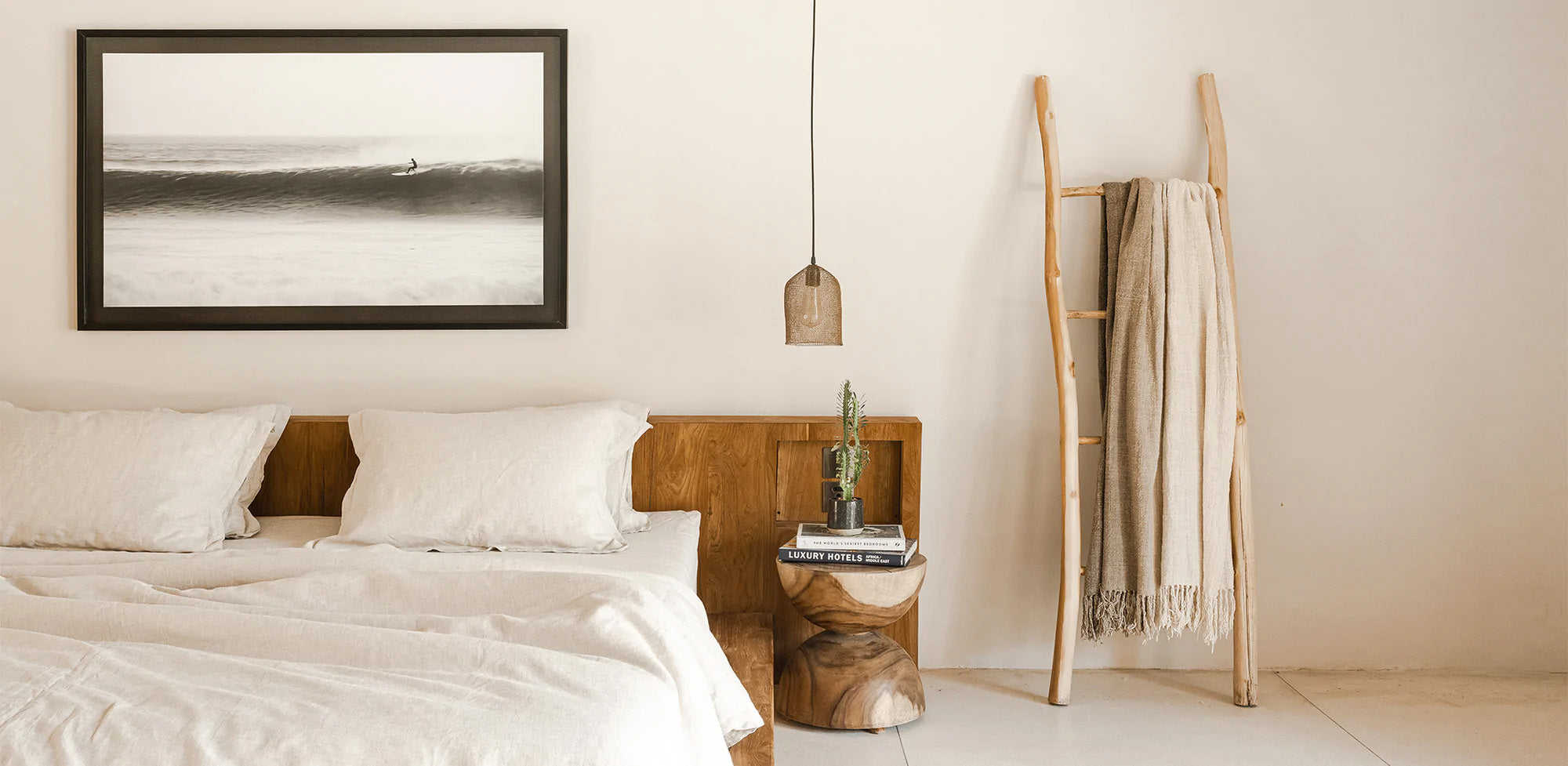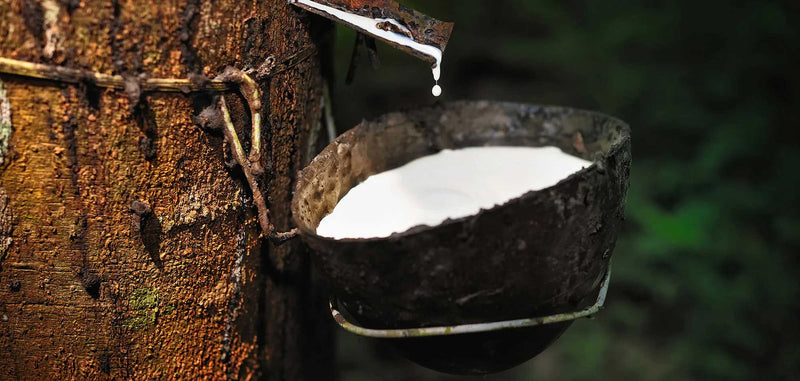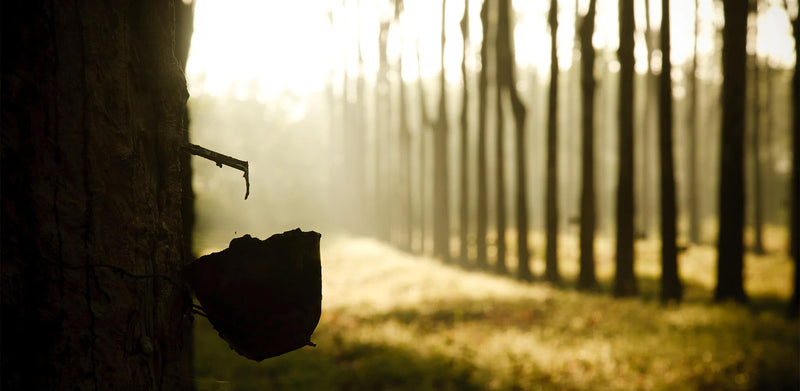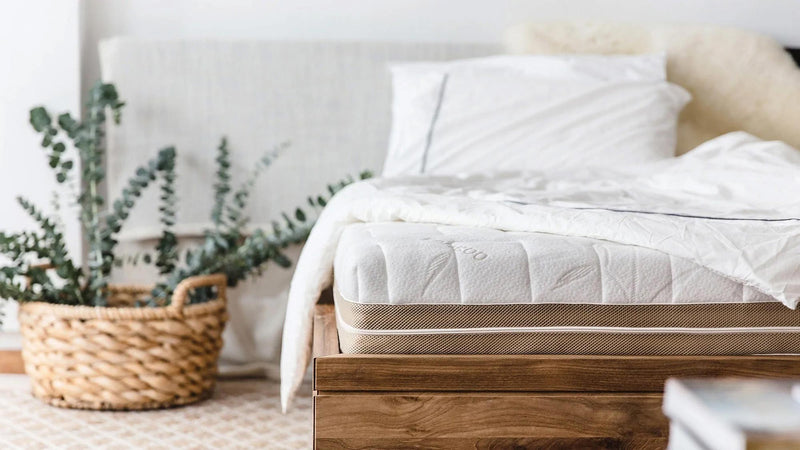At Heveya®, we believe in providing the best products for our customer, the best sleeping system. We source for different components and work with manufacturers around the world, especially Europe and bring them to Singapore. We sell directly to the consumers without going through extra retailers and therefore, cutting down the cost. No extra royalties or license fees, so you get great value for your money.
- No middleman
- No high rental fees in a shopping mall
- No royalties or license fees to use international brand names
We take out all these expenses and pass you the savings.












